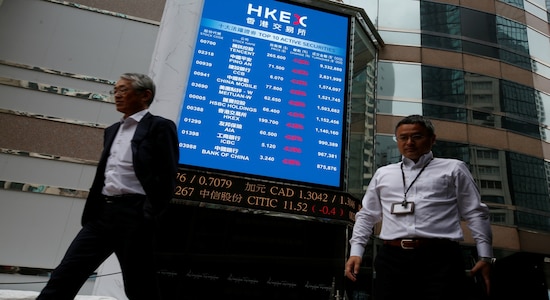
 1 / 10
1 / 101. Asia: Stocks in Asia Pacific fell in Friday morning trade following sharp declines on Wall Street overnight. South Korean stocks led losses in the region, with the Kospi dropping 2.25 percent in early trade. In Japan, the Nikkei 225 declined 1.46 percent while the Topix index shed 1.15 percent. Over in Australia, the S&P/ASX 200 declined 1.03 percent. Overall, the MSCI Asia ex-Japan index traded 0.53 percent lower, reported CNBC International. (Image: Reuters)
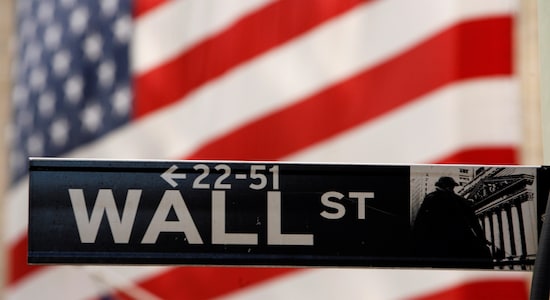
 2 / 10
2 / 102. US: U.S. stock futures fell on Thursday night, building on the downside momentum from the regular trading session as Big Tech was primed for another steep decline. Dow Jones Industrial Average futures dipped 17 points. S&P 500 futures and Nasdaq 100 futures also traded in negative territory. Shares of major tech companies fell broadly in after-hours trading. Apple slid 3 percent. Facebook, Amazon, Netflix, Alphabet and Microsoft all dropped at least 1 percent, reported CNBC International. (Image: AP)
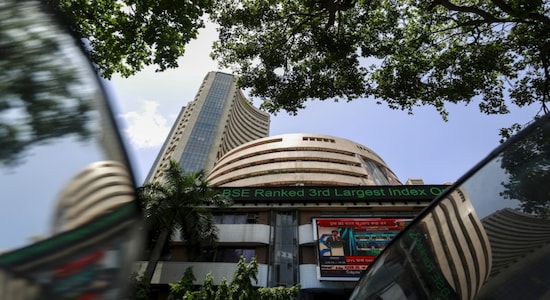
 3 / 10
3 / 103. Market At Close On Thursday: The Indian market ended flat on Thursday after banks slipped in-trade, while IT stocks capped losses. Meanwhile, Vodafone Idea surged the most, over plans of raising capital. At close, the Sensex ended 95 points lower at 38,990 while the Nifty50 ended at 11,527, down 8 points. Broader indices outperformed the benchmarks, by ending nearly 1 percent. Nifty Midcap 100 and Nifty Smallcap 100 indexes ended 0.90 percent and 0.73 percent higher respectively. (Image: Reuters)

 4 / 10
4 / 104. Crude Oil: Oil prices fell on Thursday, at one point touchig their lowest since early August as U.S. unemployment data fed fears of a slow recovery for the economy and fuel demand a day after weak U.S. gasoline demand data. Brent crude fell 30 cents, or 0.7 percent, to $44.13 a barrel. West Texas Intermediate crude futures settled 14 cents, or 0.34 percent, lower at $41.37 per barrel. Both benchmarks fell more than 2 percent earlier in the session, reported CNBC International. (Image: Reuters)
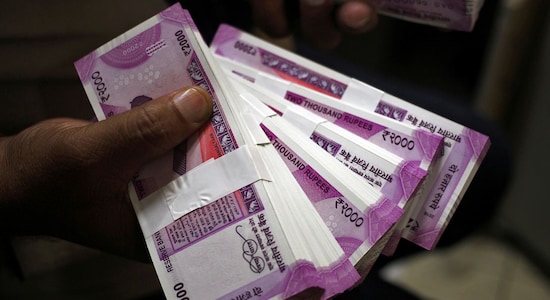
 5 / 10
5 / 105. Rupee Close: The Indian currency closed slightly lower on Thursday amidst muted domestic equities and strengthening American dollar. The rupee ended at 73.47 against the US dollar as compared to the previous close of 73.03. (Image: Reuters)
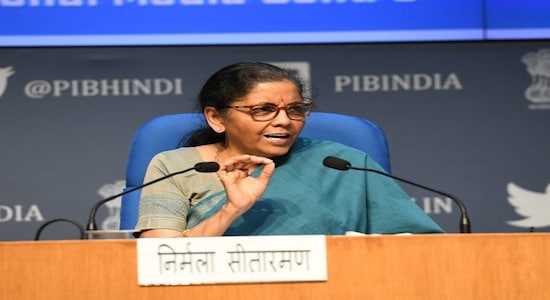
 6 / 10
6 / 106. Roll Out Resolution Schemes By Sept 15: FM to Banks, NBFCs: Union Finance Nirmala Sitharaman on Thursday asked banks and NBFCs to “support” borrowers and that COVID-19 related distress must not impact the lenders’ assessment of their creditworthiness. Sitharaman said this in a review meeting with banks and NBFCs over video conferencing. She said that banks and NBFCs must immediately have a board-approved policy for resolution, identify eligible borrowers and roll-out the resolution schemes by September 15. Among other things, Sitharaman told the lenders to have a media campaign to create awareness about the resolution schemes. (Image: PTI)

 7 / 10
7 / 107. India's Services Activity Shrinks For Sixth Month: Activity in India's crippled services industry fell for a sixth straight month in August as coronavirus restrictions continued to hurt business operations and demand, causing the longest streak of job losses on record, an industry survey showed. Thursday's survey adds to the gloom in the service sector, an engine of economic growth and jobs, suggesting a long and painful road to recovery after the economy shrank nearly a quarter in April-June. Although the Nikkei/IHS Markit Services Purchasing Managers' Index increased to 41.8 in August from July's 34.2, it remained well below the 50-mark separating growth from contraction. August was the sixth straight month the index was sub-50, the longest such stretch since a 10-month run to April 2014. (Image: Reuters)

 8 / 10
8 / 108. Centre On GST Compensation Row: The row between the Centre and the states on the GST compensation gap continues to simmer, with the Centre insistent that state borrow on their books to bridge the shortfall. Government officials have further elaborated on the borrowing options available to states. Senior officials in the Finance Ministry told CNBC-TV18 that under the Rs 97,000 crore borrowing option, the borrowing limits for states will be higher by 0.5 percent. The Rs 97,000 crore estimate is the additional borrowing states will do and since the original borrowing limit of 5 percent of the State GDP will be available to them, the 0.5 percent or Rs 97,000 crore will be over and above that, taking the total borrowing limit to 5.5 percent. Government officials also clarified that states will not have to borrow directly from the Reserve Bank. (stock image)

 9 / 10
9 / 109. Transport Ministry Proposes To Make FASTags Mandatory: Ministry of Road, Transport and Highways had made FASTag for all private and public vehicles -- four wheelers and above -- mandatory from December 1, 2019 on national highways across the country. And now the Transport Ministry has issued draft notification to make FASTag mandatory in old vehicles sold before December 2017 with effect from Jan 2021. The ministry has also proposed to make FASTag mandatory for getting third party insurance effective from April 2021. The ministry has notified draft notification and is seeking comments and suggestions from stakeholders. (Image: PTI)
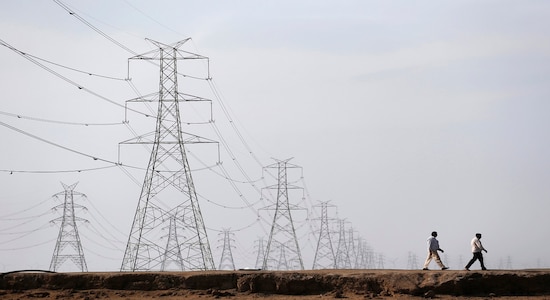
 10 / 10
10 / 1010. Cost Of Power Needs To Be Lower, Says RK Singh: With India's plans to become "self-reliant" and boost manufacturing, Minister of Power and New and Renewable Energy RK Singh in a conversation with CNBCTV-18 has said, "The cost of power across the world and in India is nearing the international average and it has to be much less if we want to attract industrial activity. We also need to do away with additional surcharges if we want to stay competitive. Even if cross-subsidy is moderated, the power of cost will come down but it is not going to come down all of a sudden, we plan to reduce cross-subsidy to 20 percent in the next five years." When asked if the government is looking to bring electricity under the ambit of GST he said, "We need the concurrence of a large number of states to bring power under GST." (image: Reuters)

